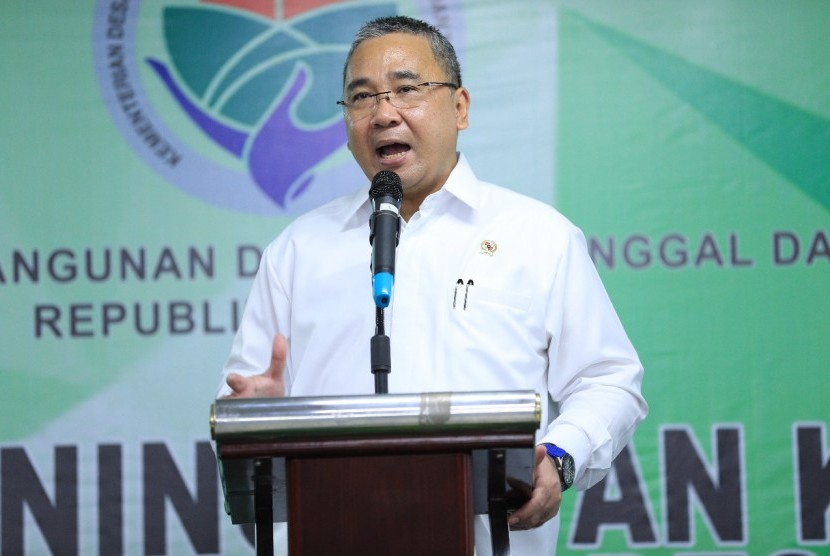REPUBLIKA.CO.ID, JAKARTA -- Villages, Development of Disadvantaged Areas, and Transmigration Minister Eko Putro Sandjojo highlighted the problem of drug trafficking in villages. Lately, villages have became potential markets for drug dealers.
"Indeed, with the village income continuing to increase, the opportunity for the entry of drugs will be large, for which we must take precautionary measures," Sandjojo remarked when the 2018 village potential data collection (Podes) was released at the Office of the Central Statistics Agency (BPS) in Jakarta on Monday.
According to him, in the past four years, the per capita income in the village had increased by almost 50 percent, so the purchasing power of the village community has also improved. He believes this would be viewed by drug dealers as an opportunity to make the village their market.
Sandjojo said his party had also cooperated with the National Narcotics Agency (BNN) to curb drug trafficking in the village and prevent the rising circulation of illegal drugs there. He cited as an example the Kutuh Village in South Kuta Sub-District, Badung District, in Bali Province that had earlier been a poor area, with high incidence of drug trafficking.
"Kutuh Village in South Kuta District is one of the villages where the people are poor, so many people are drug dealers. However, with village-owned enterprises (BumDes) succeeding, and the community being able to be employed, drug trafficking has dropped dramatically," he noted.
Poor and disadvantaged villages are potentially big targets for drug dealers. Based on village potentials released by the BPS, drug abuse or circulation in the village reached 14.99 percent of the total villages in Indonesia, while mass fights reached 3.75 percent.
The Village Development Index (IPD) is an index to show the level of development of the village, with a status of being left behind, developing, and independent. Results of the categorization of IPD showed that the number of underdeveloped villages reached as many as 14,461, or 19.17 percent; developing villages, 55,369, or 73.4 percent; and independent villages, 5,606, or 7.43 percent.
The number of villages categorized as underdeveloped reduced by 6,518, exceeding the government's target of five thousand disadvantaged villages in the 2015-2019 midterm development plan (RPJMN). Similarly, the target of increasing the number of independent villages passed the target of two thousand.
However, eastern Indonesia still has the largest number of disadvantaged villages, such as the islands of Papua, Maluku, and Kalimantan. These islands have a high number of disadvantaged villages, for instance, Papua, at 87.12 percent; West Papua, 82.03 percent; Maluku, 46 percent; North Maluku, 37 percent; and North Kalimantan, 61 percent.


